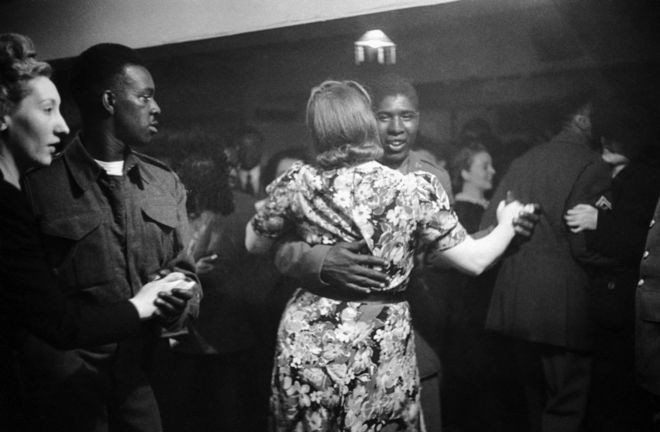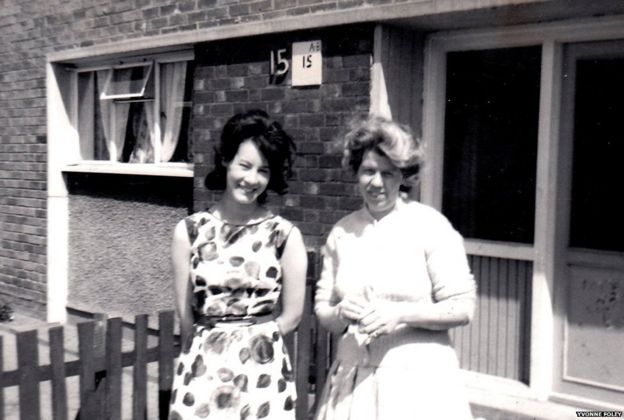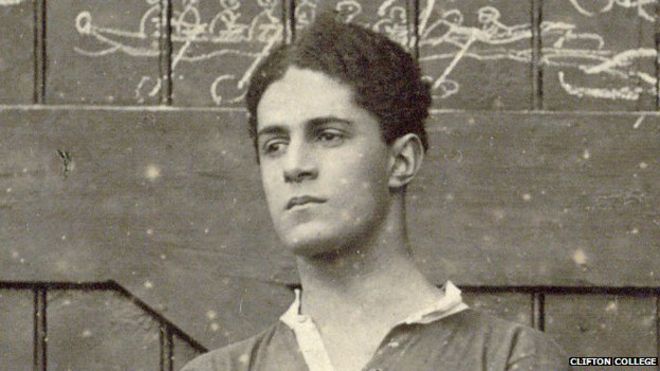The struggles of war babies fathered by black GIsPosted in Arts, Autobiography, History, Media Archive, United Kingdom on 2017-05-24 01:14Z by Steven |
The struggles of war babies fathered by black GIs
BBC News Magazine
2017-05-21
About 100,000 black GIs were stationed in the UK during the war. Inevitably there were love affairs, but US laws usually prevented black servicemen from marrying. So what happened to the children they fathered? Fiona Clampin met two such children in Dorset, now in their seventies, who have not given up hope of tracing their fathers.
A bottle of champagne has sat on a shelf in Carole Travers’s wardrobe for the past 20 years. Wedged between boxes and covered with clothes, it’ll be opened only when Carole finds her father. “There’s an outside chance he might still be alive,” she reflects. “I’ve got so many bits of information, but to know the real truth would mean the world to me – to know that I did belong to somebody.”
The possibility of Carole tracking down her father becomes more and more remote by the day. Born towards the end of World War Two, Carole, now 72, was the result of a relationship between her white mother and a married African-American or mixed-race soldier stationed in Poole, in Dorset.
Whereas some “brown babies” (as the children of black GIs were known in the press) were put up for adoption, Carole’s mother, Eleanor Reid, decided to keep her child. The only problem was, she was already married, with a daughter, to a Scot with pale skin and red hair.
“I had black hair and dark skin,” says Carole. “Something obviously wasn’t right.”…
Read the entire article here.




